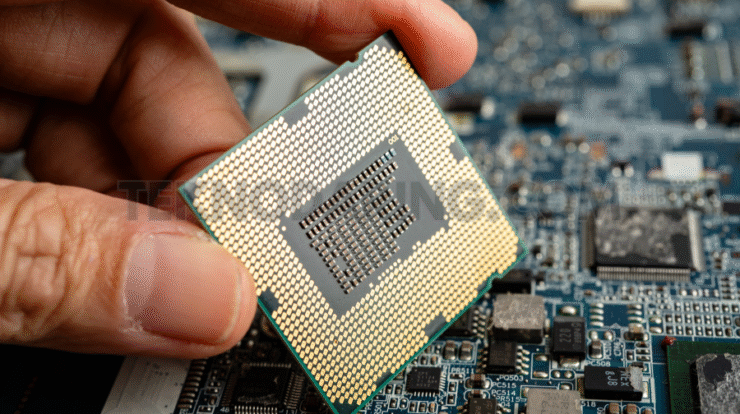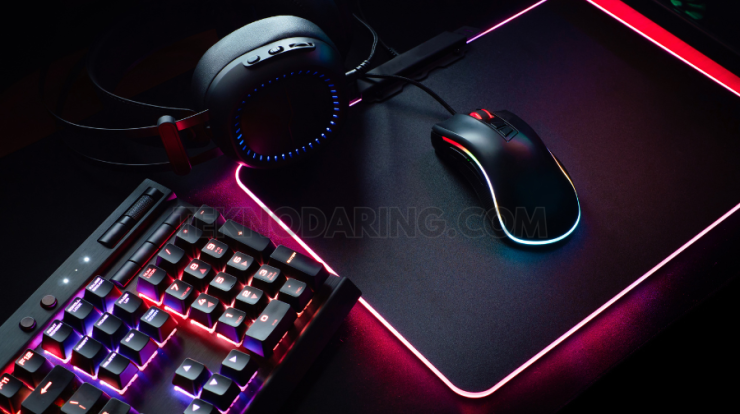
Greg Joswiak, Apple’s marketing chief, highlighted the moment in a recent social media post, calling the shift to Apple silicon a defining chapter in the company’s history.
“Hard to believe it’s been five years since Apple silicon transformed the Mac,” Joswiak wrote. “The performance, battery life, new designs, amazing features, and user creativity it unlocked have been remarkable. The impact has been profound, and the Mac has never been better!”
Apple first introduced its transition away from Intel processors at WWDC in June 2020 after years of speculation. Just months later, the company unveiled the first wave of Macs running on its custom Apple silicon chips, including the 13-inch MacBook Pro, MacBook Air, and Mac mini. These M1-powered machines officially arrived on November 17, 2020.
The shift wasn’t Apple’s first experience designing its own chips. After more than a decade of building processors for the iPhone and iPad, the company brought that expertise to the Mac—promising industry-leading performance per watt. The M1 chip delivered exactly that, enabling impressive power efficiency and cooler operation. The efficiency gains were so significant that Apple was able to remove the cooling fan entirely from the MacBook Air while still boosting performance.
As Apple continues to evolve its Mac lineup with next-generation Apple silicon, the company has confirmed that macOS Tahoe will be the final version of macOS to support Intel-based Macs, signaling the end of a major era for the platform.




